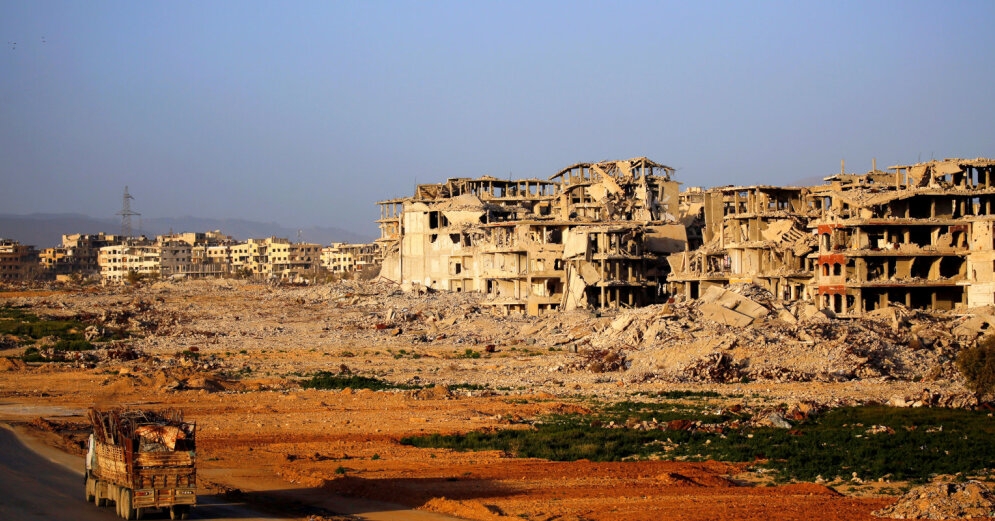The Syrian civil war will mark its tenth anniversary in the spring. It still has young fallen, and in an effort to pinpoint the areas of influence of the various political and military forces, the map should light up in all the colors of the rainbow. At the moment, there is no sign of a rapid change in the balance of power, and accordingly the region’s strongest geopolitical players in Syria and on its maps have become entrenched.
The spark of the Syrian civil war erupted in early 2011. At that time, Syria in particular was not even addressed, as unrest swept across the region. Following widespread protests against the authoritarian government in Tunisia, the effects of the global economic crisis and the idea of democracy gathered crowds on the streets in other Middle Eastern countries.
Leaders changed in only a few, with several experienced handwriting in cabinet offices and reform-oriented laws, while in others, including rich Gulf countries, the surge was silenced by generous benefit payments, launchers and arrests. In general, in three countries, Libya, Syria and, indirectly, Yemen, the turmoil launched by the Arab Spring has not yet subsided.
In Syria, the protests turned into a civil war in the second half of 2011, when heavy weapons were used against initially peaceful protesters. The unrest took over more and more cities, became violent and the Syrian Armed Forces disbanded, with whole parts moving to the protesters and others deserting.
The struggle for democracy among the protesters, however, was interpreted radically differently. Demand for human rights and democracy prevailed in major cities, but later events, as demonstrated by the Sunni majority oppressed by the Alavitian minority, were fueled by feelings of religious oppression, which strengthened the ideas of jihad or religious war as a result of the bloody clashes.
–


